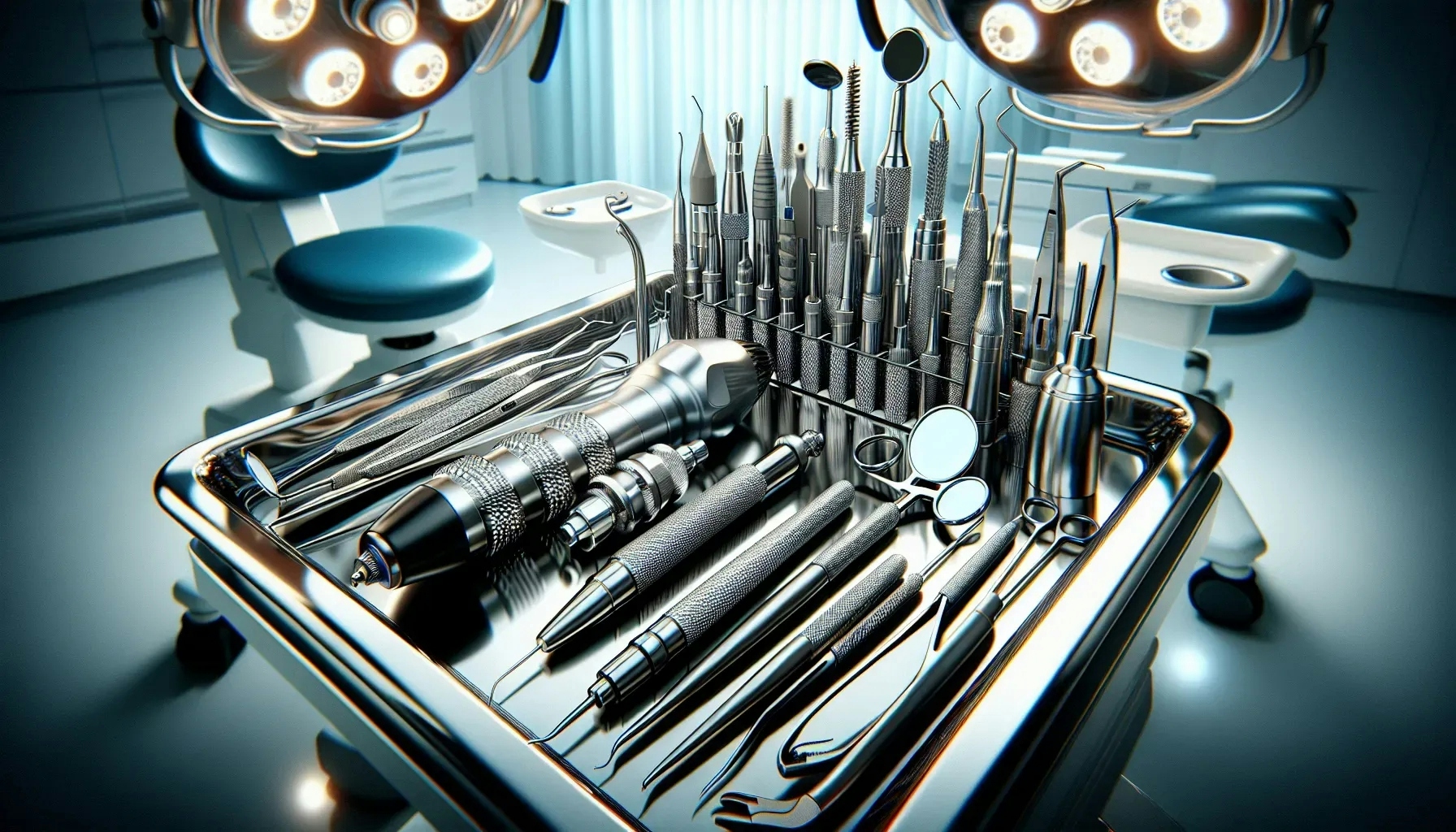Why Might a Dentist Need to Modify a Dental Treatment Plan?
Dentist Magazine

Why Might a Dentist Need to Modify a Dental Treatment Plan?
In the nuanced field of dentistry, practitioners often encounter situations that necessitate a change in strategy. We've gathered insights from Dentists and Orthodontists, who share four compelling examples of when and why they had to modify a dental treatment plan midway. From adjusting for TMJ complications to switching to implants after an endodontic setback, these professionals reveal the adaptability required in their practice.
- Adjusted Plan for TMJ Complications
- Prioritized Gum Health Over Cosmetics
- Adapted Invisalign for Individual Responses
- Switched to Implants After Endodontic Setback
Adjusted Plan for TMJ Complications
Once, there was a case where a patient getting dental work didn't mention their jaw issues. In the middle of the treatment, they shared that they had problems with their jaw joints (temporomandibular joint, TMJ). Instead of proceeding with the original plan, we took a step back, discussed the concerns openly, and adjusted the plan on the spot. We incorporated techniques to minimize jaw strain, introduced bite adjustments, and provided recommendations for ongoing TMJ care. This experience underscored the significance of clinical expertise, quick thinking, and adaptability in the dental profession.

Prioritized Gum Health Over Cosmetics
One time, I had to modify a dental treatment plan while in the course of the plan. As I did some of the exams and initial work, I found some additional potential problems. I left the choice up to the patient but advised them to deal with the gum issues first because they were more detrimental to overall health than the cosmetic issues at hand.

Adapted Invisalign for Individual Responses
In my practice, I've encountered several situations where it became necessary to modify an Invisalign treatment plan midway through. Here are some examples:
Unexpected Tooth Movement: At times, teeth don't move according to the initial plan. This can stem from various factors, including individual biological responses, the complexity of the required tooth movement, or the presence of dense bone. Each patient responds differently, and these variations sometimes require me to adjust the treatment plan.
Non-Compliance: The effectiveness of Invisalign heavily relies on the patient wearing the aligners for the recommended 20-22 hours a day. When patients don't follow this guideline, the anticipated results aren't achieved, prompting me to make necessary adjustments to the treatment plan to get back on track.
Oral Health Changes: The emergence of new dental issues, such as cavities, gum disease, or even tooth loss, can impact the treatment process. Addressing these new concerns becomes a priority before we can proceed with the Invisalign plan as originally outlined.
Patient Feedback: Occasionally, I make adjustments based on patient feedback regarding the comfort and fit of the aligners, among other concerns. It's crucial to ensure that the treatment is as comfortable and effective as possible for the patient.
Mid-Treatment Refinement: Sometimes, a mid-course correction or refinement is an integral part of the treatment strategy. This involves taking new impressions or scans to create new aligners that further refine tooth positions towards the desired outcome. It's a planned step to ensure the best possible results.
When these modifications are necessary, I reassess the patient's situation, which may involve taking new dental impressions or scans, and then developing a new set of aligners to continue the treatment. Maintaining open communication with patients and ensuring they follow the treatment instructions closely are key factors in achieving the best outcomes. It's all part of providing personalized care tailored to each patient's unique needs and circumstances.

Switched to Implants After Endodontic Setback
One of the most relevant cases where a change in treatment was necessary involved a patient with missing upper molars and premolars who was adamant about preserving five anterior teeth. We performed root canals and post-reconstructions on these teeth. After a five-month wait, when it was time to prepare the teeth for crowns, I observed that the endodontic treatment was not progressing well and anticipated a failure. We discussed the situation with the patient and ultimately decided to extract the anterior teeth, opting instead for a total rehabilitation with six implants and a fixed prosthesis.
